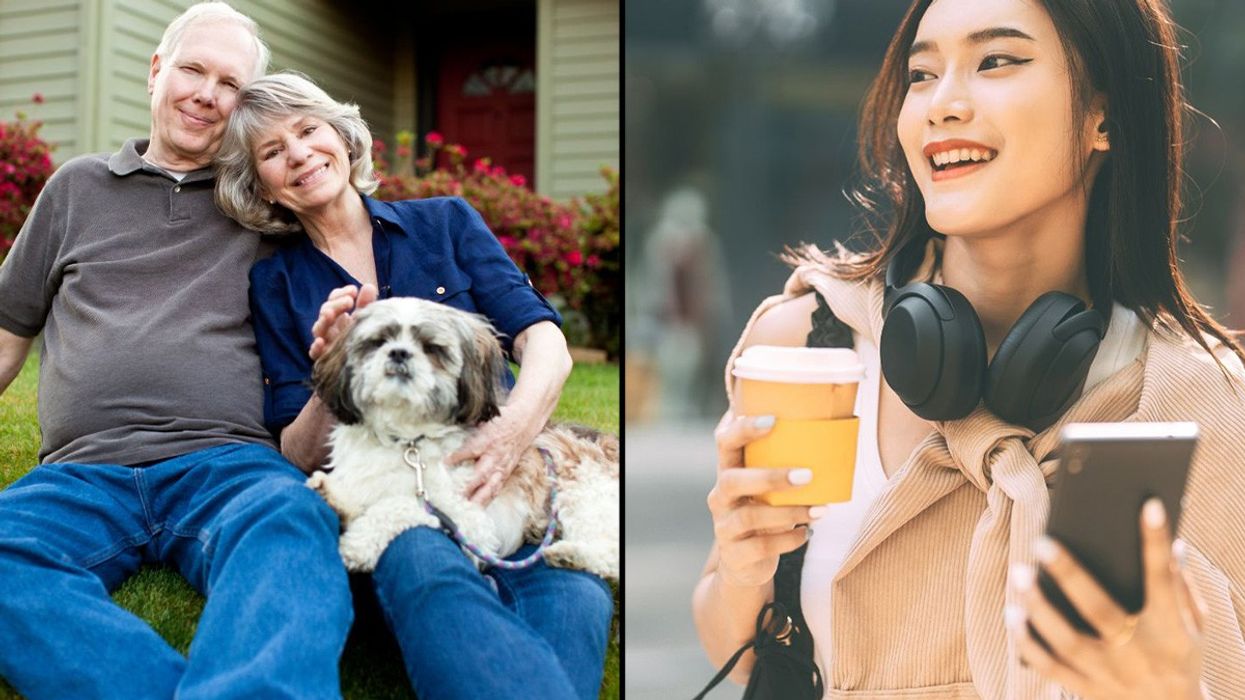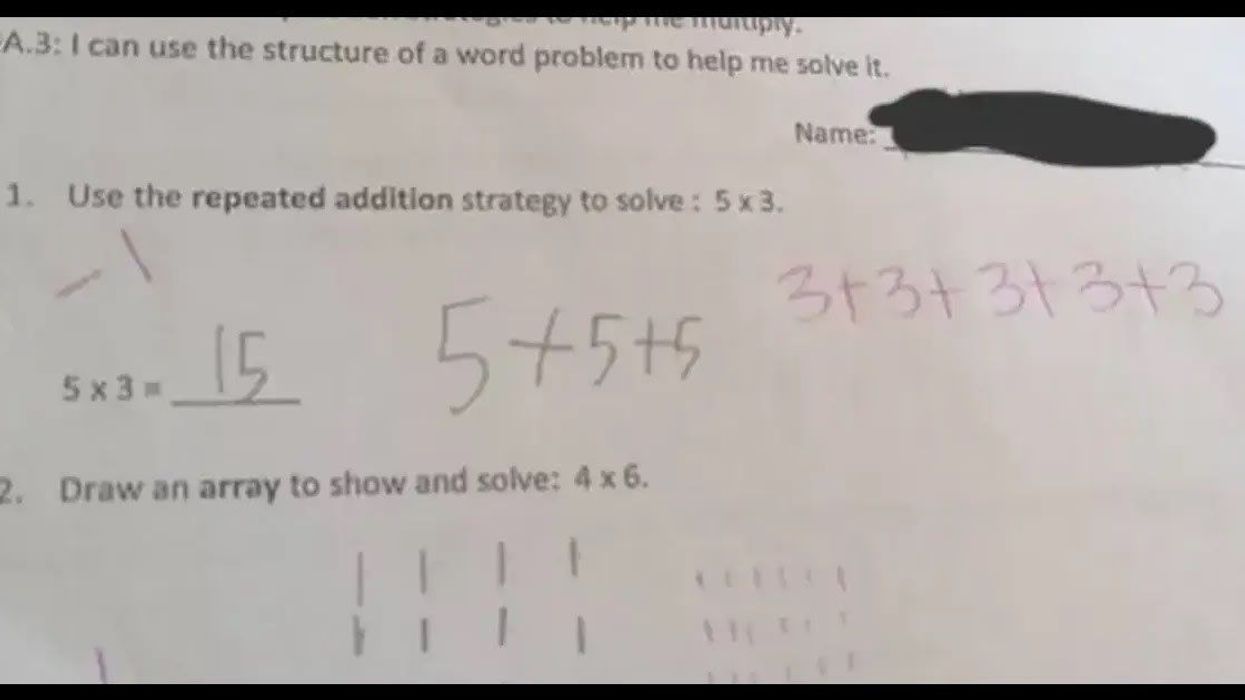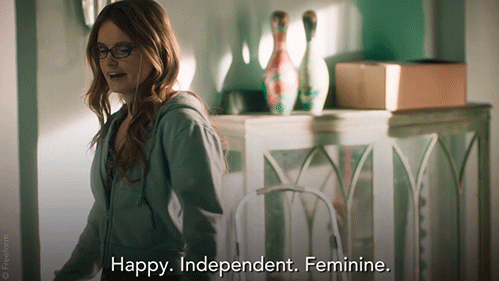The Spiti Valley Road in the Himalaya mountains is a harrowing passage under the best of circumstances. So when a landslide renders much of the interior (the mountain side) of the road unrideable, the thoroughfare, which somehow manages automobile traffic in some stretches, is rendered barely wide enough for even a two-wheeled vehicle to pass.
Though many stretches of the road are outfitted with concrete barricades to prevent cars from plummeting off the edge of the cliff, little can be done to shield drivers from the regular and deadly landslide debris that not only strikes cars as it falls, but also serves as obstacles on the already narrow passage.
When faced with a fallen rock on a road like this, a three-point (or even eight-point) turn isn’t going to get you headed in the other direction, so a driver’s options are to remove the obstruction, or to double back… in reverse.
The element of danger may dissuade most drivers from charting their course via the Spiti Valley Road, but the harrowing journey attracts thrill seekers looking for an adventure.
From the aptly-named Dangerous Roads website:
After rain, even a single rainfall, conditions of the road can be challenging. Adverse weather conditions can prompt closure of the road. Thunderstorm activity can quickly change unpaved roads to four-wheel-drive condition or make them impassable. Condition of the road deteriorates quickly on entering Lahaul. Soil is loose and keeps shifting, ensuring that freshly laid tarmac doesn’t even last for a year. Driving involves wading through streams originating from melting snow, which run across the road in a bid to meet Chandra River far below in the valley. Sections of the road are narrow enough to barely let a jeep pass, and any error in judgment would only mean tumbling down the valley and into the fast flowing river. Yet, there are hardly any accidents, thanks to little traffic and the drivers who are used to these roads.
One of many dashcam video available online shows that while the Spliti Valley Road may be surrounded by beautiful geography unlike anything else in the world, it would behoove the driver to keep their eyes on the road for… obvious reasons.

















 Ladder leads out of darkness.Photo credit
Ladder leads out of darkness.Photo credit  Woman's reflection in shadow.Photo credit
Woman's reflection in shadow.Photo credit  Young woman frazzled.Photo credit
Young woman frazzled.Photo credit 
 A woman looks out on the waterCanva
A woman looks out on the waterCanva A couple sits in uncomfortable silenceCanva
A couple sits in uncomfortable silenceCanva Gif of woman saying "I won't be bound to any man." via
Gif of woman saying "I won't be bound to any man." via  Woman working late at nightCanva
Woman working late at nightCanva Gif of woman saying "Happy. Independent. Feminine." via
Gif of woman saying "Happy. Independent. Feminine." via 
 Yonaguni Monument, as seen from the south of the formation.
Yonaguni Monument, as seen from the south of the formation. 


